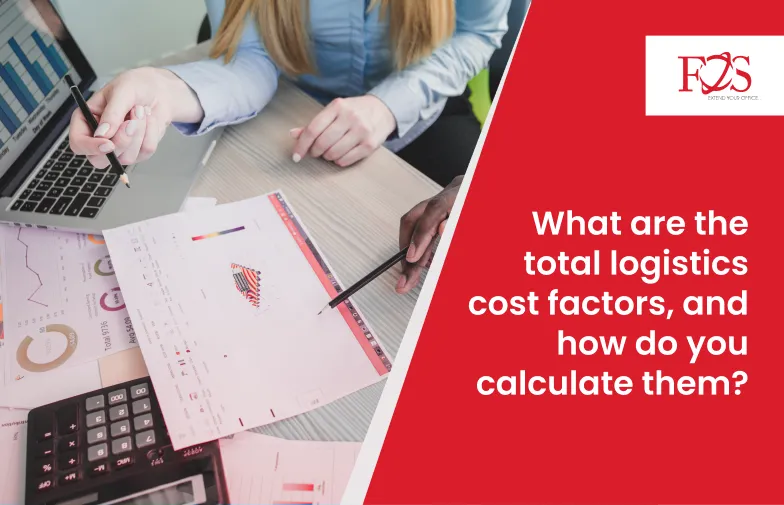Logistics is a vital aspect of any business, particularly for those involved in the supply chain industry. Efficient transportation, storage, and distribution of goods are critical for ensuring customer satisfaction, reducing costs, and increasing profitability.
However, these activities come at a cost, and it is essential to understand the various factors that contribute to the total logistics cost.
In this blog, we will discuss the key factors that impact logistics costs and how to calculate them.
Factors That Impact Logistics Costs
Logistics costs can significantly impact a company’s profitability. Key factors affecting logistics costs are transportation, inventory, warehousing, packaging, administrative, and customs and duty costs. Identifying cost-saving opportunities and optimizing the supply chain can help businesses improve efficiency and maintain profitability.
Transportation Costs
Transportation costs are expenses incurred in moving goods or people, including fuel, maintenance, driver wages, insurance, and fees. Estimation and management of these costs are crucial for logistics planning and supply chain optimization, depending on the mode of transportation, distance, and cargo size.
Inventory Costs
Inventory costs refer to expenses associated with storing and managing inventory, such as rent, labor, insurance, obsolescence, and depreciation. Effective management involves balancing stock levels and reducing excess inventory using techniques such as forecasting, demand planning, and lean inventory practices.
Warehousing Costs
Warehousing costs refer to expenses incurred in storing and handling goods in a warehouse. Costs include rent, utilities, labor, equipment, insurance, and more. Effective management involves optimizing inventory levels and utilizing technology to streamline operations and reduce costs. Warehouse costs can vary greatly based on factors such as location, size, and the type of items being stored.
Packaging Costs
Packaging costs refer to expenses incurred by businesses in preparing goods for transport or storage, including materials, labor, and equipment. These costs can include boxes, tapes, labels, pallets, and machinery. Effective management involves balancing protective packaging needs with environmental impact and utilizing technology to streamline operations and reduce costs.
Administrative Costs
Administrative costs are expenses related to managing the logistics process, including salaries, benefits, and office expenses. Examples include inventory management, order processing, billing, and customer service. Effective management involves optimizing processes, utilizing technology to improve efficiency, and reducing labor costs while maintaining quality.
Customs and Duties
Logistics needs customs entry to manage customs and duties – fees and taxes on imports and exports set by governments. Expenses vary with goods and countries. Proper documentation, regulatory compliance, and professional assistance help reduce costs and ensure smooth transportation.
How to Calculate Total Logistics Costs?
To calculate the total logistics costs, you need to add up all the expenses incurred in the logistics process. This includes transportation costs, inventory costs, warehousing costs, packaging costs, administrative costs, and customs and duties.
For instance, if you run a clothing company that imports clothes from a manufacturer in China and sells them in the United States, you would need to add up the following costs:
Transportation Costs: $5,000 Inventory Costs: $2,000 Warehousing Costs: $1,500 Packaging Costs: $1,000 Administrative Costs: $3,000 Customs and Duties: $2,500
Total Logistics Costs: $15,000

Conclusion
Understanding the total logistics cost is critical for any business that relies on the transportation and distribution of goods.
By understanding the key factors that impact logistics costs, you can make informed decisions to reduce expenses and increase profitability.
FOS Desk provides a wide range of logistic services, including logistics BPO services that can help you optimize your logistics process and reduce your costs.
